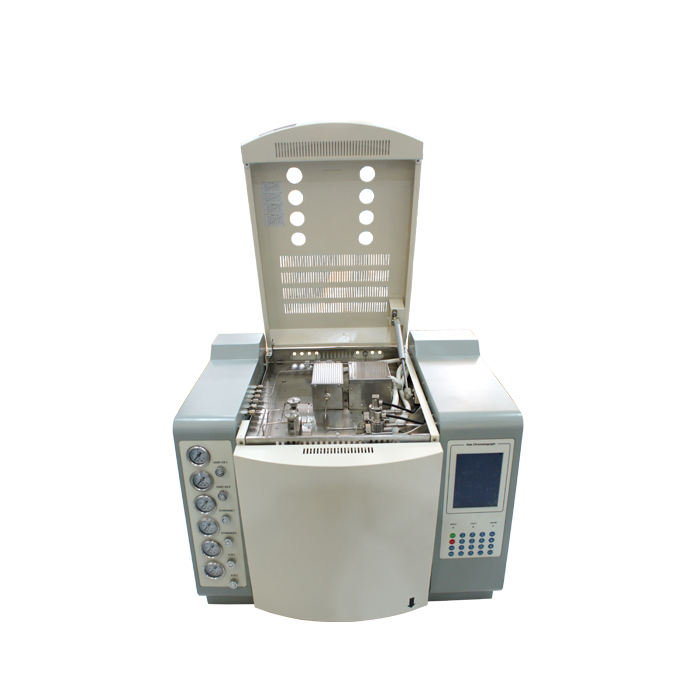![]() Email:sales04@bdhuazheng.com
Email:sales04@bdhuazheng.com
![]() Cellphone/ wechat/Whatsapp /Skype: +86 18330222302
Cellphone/ wechat/Whatsapp /Skype: +86 18330222302
Gas Chromatography (GC) is an analytical instrument widely used for separating and analyzing volatile and semi-volatile compounds in mixtures. Its primary applications include:
Chemical Analysis
Separation, identification, and quantification of components in complex mixtures.
Used in environmental, pharmaceutical, food, and chemical industries for analyzing organic compounds.
Environmental Monitoring
Detection and measurement of pollutants such as volatile organic compounds (VOCs), pesticides, and greenhouse gases in air, water, and soil.
Food Safety and Quality Control
Analysis of food additives, contaminants, pesticide residues, and flavor compounds to ensure safety and compliance with regulations.
Pharmaceutical and Biomedical Applications
Determination of active pharmaceutical ingredients (APIs), impurities, and metabolites in drugs.
Used in drug development, quality control, and pharmacokinetic studies.
Petrochemical and Fuel Analysis
Characterization of hydrocarbons and other compounds in crude oil, refined products, and fuels.
Helps optimize refining processes and ensure product quality.
Forensic Science
Detection and identification of illegal drugs, explosives, and other substances in criminal investigations.
Research and Development
Used in academic and industrial research for studying chemical reactions, material composition, and complex mixtures.
Quality Assurance and Process Control
Monitoring and controlling the quality of raw materials, intermediates, and final products in manufacturing processes.
How It Works
Gas Chromatography separates compounds based on their volatility and interaction with a stationary phase inside a column. A carrier gas (e.g., helium or nitrogen) transports the sample through the column, where components are separated and detected by a detector (e.g., FID, MS). The resulting chromatogram provides qualitative and quantitative information about the sample.
Huazheng Electric HZGC-1212A Gas Chromatograph Instrument
